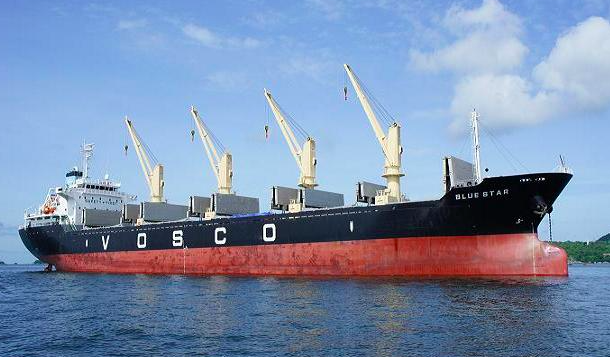 Economy
Economy

As a result of contractions in the agriculture and mining sectors in the first half of the year, the Asian Development Outlook Update 2016 forecast a downward revision in Việt Nam’s economic growth to six per cent in 2016 and 6.3 per cent in 2017, the Asian Development Bank (ADB) said in a flagship report released yesterday.
 |
| Việt Nam's economic growth is expected to rise in the second half of the year, buoyed by further increase in foreign direct investment and exports, domestic credit growth, a slight recovery in agriculture and accelerating disbursements of capital expenditure on national infrastructure programmes.— Photo vnep.org.vn |
HÀ NỘI — As a result of contractions in the agriculture and mining sectors in the first half of the year, the Asian Development Outlook Update 2016 forecast a downward revision in Việt Nam’s economic growth to six per cent in 2016 and 6.3 per cent in 2017, the Asian Development Bank (ADB) said in a flagship report released yesterday.
"Drought in the Mekong and Central Highlands regions and low global commodity prices eased economic growth in the first half of the year, but other sectors have grown strongly", Eric Sidgwick, ADB country director for Việt Nam, said.
"Manufacturing expanded by double-digits as new foreign-invested factories ramped up production, while services picked up as a result of rising domestic trade, growing bank lending and a 25 per cent jump in tourism arrivals," he added.
Việt Nam’s economic growth is expected to rise in the second half of the year, buoyed by further increase in foreign direct investment and exports, domestic credit growth, a slight recovery in agriculture and accelerating disbursements of capital expenditure on national infrastructure programmes.
The report stressed that while Việt Nam’s economy was performing reasonably well against a challenging backdrop, a number of issues needed to be addressed to ensure growth remains sustainable.
A recent surge in bank lending has increased the importance of efforts to tighten regulations to prevent a rise in financial sector risks. These efforts will be supported by the gradual introduction of more stringent Basel II regulatory standards over the next 12-18 months.
Further, to ease public debt pressures growth-friendly fiscal consolidation is needed, including a rationalisation of recurrent expenditure and tightening of the public sector wage bill.
Administration costs as part of total state budget spending have risen from an average of eight per cent between 2007 and 2009 to 11 per cent between 2013 and 2016.
The report noted that trade performance remained a bright spot in Việt Nam’s economy. In the first six months of 2016, the country produced a large merchandise trade surplus, equal to an estimated 8.2 per cent of GDP. This outcome was a big improvement on 2015 and reflects continued growth in exports while import demand has eased.
"Though the country’s strong trade performance is expected to continue, it may be exposed to further slowdown in major industrial economies or unexpectedly low growth in the People’s Republic of China, an increasingly important trading partner," Sidgwick said. — VNS